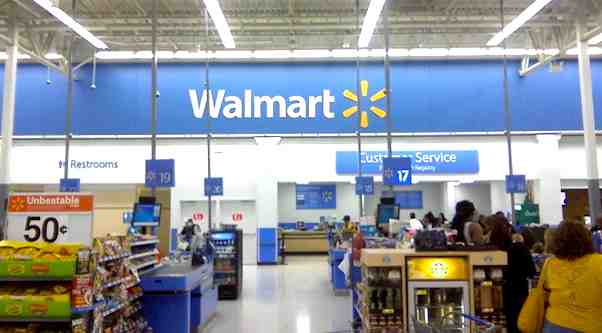
Walmart’s organizational structure determines the company’s business activities. Currently, these activities are in the retail industry, including operations in the e-commerce market. The company’s corporate structure also imposes limits on how the business addresses its problems. Structural characteristics help facilitate the company’s strategic implementations in capturing a bigger share of the retail market. On the other hand, Walmart’s organizational culture determines the way people respond to challenges in the workplace. The resilience of the company’s human resources partly depends on the mindset supported through the corporate culture. Cultural features help the retail business adapt to changes and emerging challenges in the international market. The long history of Walmart Inc. in succeeding and continually growing internationally shows that the firm’s organizational structure and organizational culture are helpful in bringing competitive advantages and success. The organizational structure interacts with the organizational culture to maintain the significant competitive advantage of Walmart against other firms, such as Home Depot, Aldi, Costco, Amazon and its subsidiary, Whole Foods, as well as many other smaller retail businesses.
Formerly named Wal-Mart Stores Inc., the company has a leadership position in the industry. Such a retail market position and potential long-term business success are linked to the beneficial and synergistic combination of the company’s organizational structure and organizational culture. The characteristics and implications of the corporate culture are influenced by how the corporate structure supports human resource development and other aspects of Walmart’s retail business operations, such as marketing, and strategic formulation and organizational design founded on the company’s mission and vision.
Walmart’s Organizational Structure
Walmart has a hierarchical functional organizational structure. This structure has two features: hierarchy and function-based definition. Hierarchy is a feature pertaining to the vertical lines of command and authority throughout the retailer’s organizational structure. For example, except for the CEO, every employee has a direct superior. Directives and mandates coming from the top levels of the company’s management are implemented through middle managers down to the rank-and-file employees in Walmart stores. On the other hand, the function-based definition feature of the company’s corporate structure involves groups of employees fulfilling certain functions. For example, Walmart has a department for the function of human resource management. The company also has a department for the function of information technology, and another department for the function of marketing. These are just some of the numerous function-based departments in Walmart’s organizational structure.
The main effect of Walmart’s hierarchical functional organizational structure is the ability of corporate managers to easily influence the entire organization. For example, new policies and strategies developed at the company’s corporate headquarters are directly passed on to regional managers down to the store managers. In this way, effective monitoring and control are achieved through Walmart’s hierarchical functional organizational structure. However, a downside of this corporate structure is that it has minimal support for organizational flexibility. The lower levels of the organizational structure cannot easily adjust business practices because of the lengthy communications and approval process involving the middle managers and corporate managers at Walmart’s headquarters.
Walmart’s Organizational Culture
Walmart’s organizational culture has four main components. These components guide employees’ behaviors, which determine organizational capacities to add value in the provision of retail service and related services to consumers. The cultural components are also identified as Walmart’s beliefs:
- Service to customers
- Respect for the individual
- Strive for excellence
- Action with integrity
In terms of service to customers, the company prioritizes customers in its operations. Walmart also recognizes the contributions of each employee to the success of the business. In addition, the firm strives for excellence in the performance of individual workers, teams, and the entire organization. In terms of maintaining integrity, Walmart promotes the virtues of honesty, fairness, and impartiality in decision-making processes.
Recommendations for Walmart’s Culture and Structure
Walmart’s organizational structure is ideal for the company’s type of business and global scope of operations. Managerial control and influence are maximized through this corporate structure, despite the vastness of the company’s retail and related operations. However, Walmart can improve in applying its beliefs in the context of its organizational culture. These beliefs are ideal. Still, the company is frequently criticized for its failure to address employees’ concerns regarding low wages. Such criticisms point to the difference between the belief of respect for individuals in the organization’s culture, and the actual treatment of the employees. Thus, a suitable recommendation for Walmart is to implement more effective measures for fulfilling the respect for the individual component of the organizational culture.
References
- Nainggolan, T. M. N. (2024). Analysis of factors affecting organizational work culture in companies. The American Journal of Interdisciplinary Innovations and Research, 101-107.
- Walmart Core Values.
- Walmart Inc. – Form 10-K.
- Walmart Inc. – Leadership.
- Working at Walmart.
- Wyland, R., Hanson-Rasmussen, N., & Clark, F. (2024). The structure-culture alignment activity: Aligning organizational structure elements with diversity, equity, and inclusion cultural values. Journal of Management Education, 48(1), 141-167.